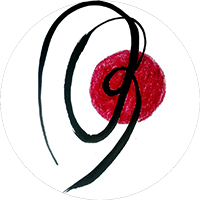*You have a list. You woke up with 3 must dos, 2 want to dos and 4 should d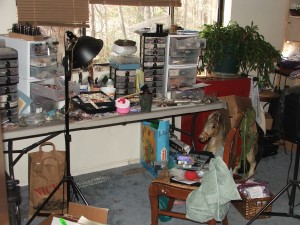 os. Before you were out of bed, you were already behind.
os. Before you were out of bed, you were already behind.
Then you think: “I create my world. I can do this!” and push on through to whatever “this” is, running on empty, getting more uncentered because you “don’t have time” to stop and take a breath.
And then you start shuting down because there’s too much energy aimed at you and you feel like you’ve been sucked dry.
And then you get angry because no one seems to understand that you simply have nothing left to give even to yourself. And you lash out at someone over something that has nothing to do with your actual anger. And then you get angry at yourself for being angry.
And you go to bed promising yourself to start new and then you don’t sleep because you’re not quite sure what “start new” means and all of a sudden you are back to “*” and set to repeat.

Do you recognize this scenario?
When was the last time you scheduled your day around activities that fill you up first?
Not enough time?
Actually, you don’t have time NOT to do this!
Just as the airline steward tells you that if the air masks drop you put yours on first, so I’m telling you that you must schedule yourself and your refueling time first and fit other things around that.
Unless of course you want to be caught in the endless cycle above.
You have choices here. You may not like what you have to give up to schedule yourself first, and/or you may not like what you have to face or say to someone else if you are going to schedule yourself first but I know for a fact that you always have choices around this. And if you don’t have time, it’s because you’re choosing not to.
Here’s a quick overview of what it looks like to put yourself first and what follows:
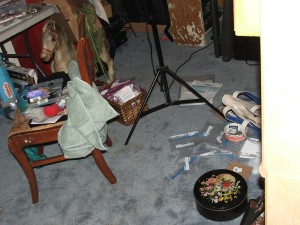
1. You discover what fills you up and honor yourself with time to do that. This usually looks like some daily practice, a practice of be-ing, and can be as little as starting the habit of being grateful for the new day upon waking in the morning and doing 5 minutes of breathing in and out and anchoring yourself in your center before your jump into doing.
2. You decide to pay attention to your body and when it starts feeling tense you immediately stop and move into a centering practice before you do anything else. A centering practice can be as simple as breathing in, deep into your belly, and breathing out. When you breath in pay attention to your shoulders and your neck. Relax. When you breathe out, think: I release this stress. How does your body feel? If you have to repeat, repeat until you feel your shoulders relax.
3. You tell those around you of your new practice and why (good modeling!)
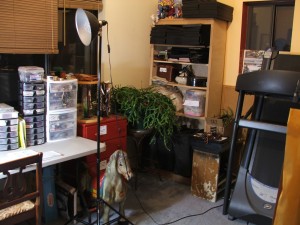
and ask for their help with one or two things. Then you let them help or not but you do not take back responsibility for completing the task you have transferred. You also do not look at what is done and think about how you could do it better. You have to give up something if you’re going to move into a life that has some space in it – and the first thing to let go of is control.
4. You are kind to yourself when you forget. You are kind to yourself when you don’t manage as well as you’d like. You continue to practice your daily practice.
5. You cannot fill up without first opening up – being vulnerable. You may have to tear down some protective walls.
6. You find support and community – in person, on-line, by phone.
Why do this? Because when you start filling up, there’s always an overflow. And that overflow looks like joy and feels like generosity. How can you tell you are filling up? Your responses will feel open and cruious and abundant. You won’t want to go back to fill small and insecure and harried. In other words, the practice brings its own reward.
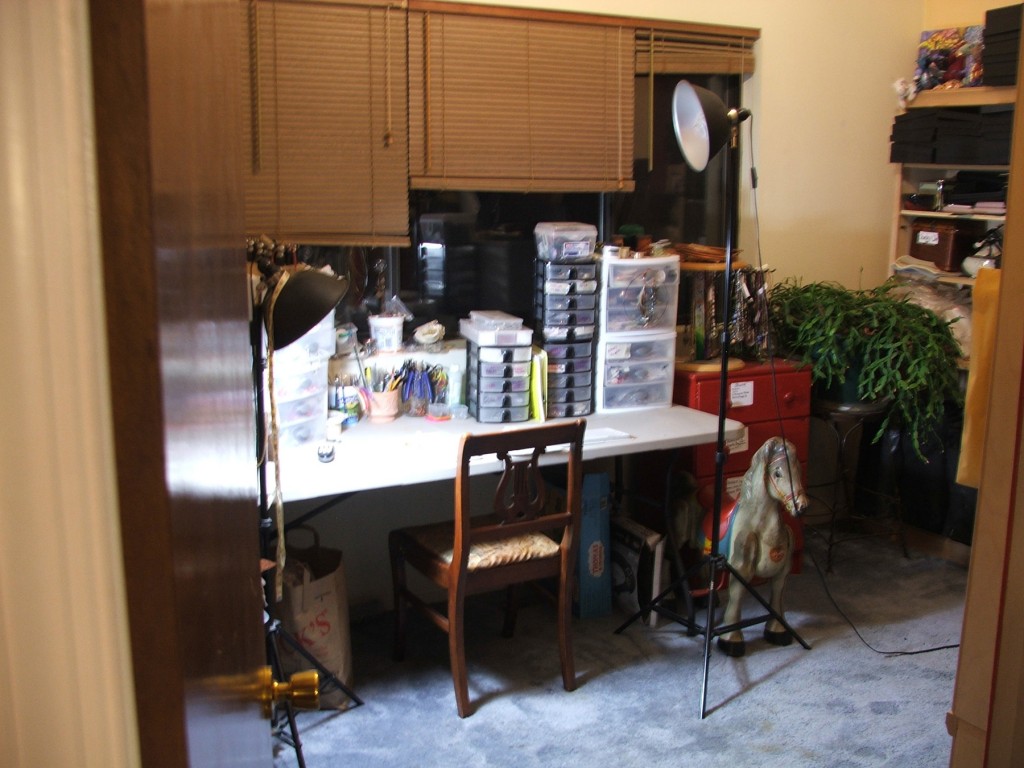
(first published in 2012)
